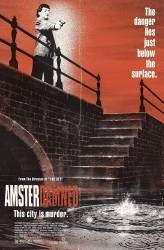
Plot hole: Every ghost that we see in the house looks the way they did when they died, for example the girl from the film's intro is seen without skin on her face, which happened to her before she died. However, in the final scene when we see Simon's ghost joining them, he looks completely normal, when he should have had a throat slit wound and the carved markings on his skin. (01:31:20)
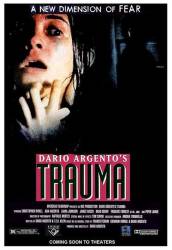
Plot hole: In the scene in the hotel, David sees the victim's head on the floor after the killer left. Later when David is in a hospital bed he is watching TV and the reporter claims that all the heads were in Judd's car. The killer would have had to have gone back into the hotel room to get the head of that victim after David saw it. She would have put it in her bag right away if she was saving them all. The bag was even left behind. (01:12:30 - 01:25:00)
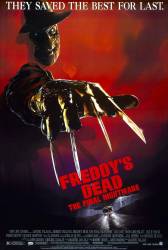
Plot hole: The pipe bomb that Maggie uses to kill Freddy is the same one that was found in Spencer's room earlier in the film. It's already been established that Freddy was erasing the people he's been killing from existence, so that pipe bomb wouldn't be there to use on Freddy.
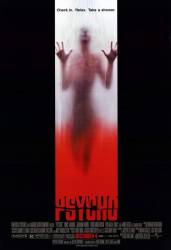
Plot hole: Marion rips the paper into pieces and flushes them down the toilet. We see all the paper go into the toilet. Later when Lila lifts the toilet seat, there's one piece conveniently placed under the seat that couldn't have gotten there.
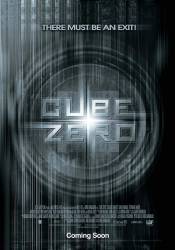
Plot hole: When the fat guy throws a boot into the ice-spray room, it freezes and shatters on the ground. You can see the length of the shoelace on the ground as well. The shot cuts to the guy in the shaft, and he pulls up the shoelace to reveal the end encased in ice, while the end is halfway into the ice block. This wouldn't be possible, because the other end of the shoelace had no ice at all, and there's no sign either of it breaking.

Plot hole: Three gunshots were fired for Kurt and Ram's "double suicide" and almost two minutes pass between shots 2 and 3. Doubtful two police officers could think they shot each other.
Suggested correction: An officer could think that one boy shot the other twice, killing him with the second bullet, before that boy was successful in killing him. The remaining boy would then kill himself. "Shot each other" might be a sloppy description, but basically, Kurt and Ram are both dead. There is a letter - forged by Veronica - which "reveals" that they were a couple. No signs of anyone else being involved. The police consider it a "double suicide" because they believe the letter.
Interesting theory, but I respectfully disagree with your correction. Three gunshots to two dead bodies, each with one bullet wound, would arouse suspicion despite what a letter found at the scene says. If one of the boys killed himself, there would be some evidence to support that such as powder burns around the wound or powder residue on his hands. In fact, a forensic scientist would have performed a GSR test on the hands of the shooters to confirm they did in fact fire the weapons.

Plot hole: After the first murder in Pam's dorm room there should be blood everywhere but when Pam returns to change her dress there is only a single stripe of it on the bedsheets.
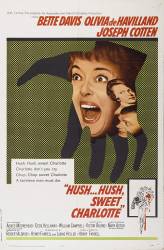
Plot hole: The local newspaperman points out Miriam to the insurance man before she gets out of the car, and the car is across the street - there's no way he could know it was her before she got out of the car.
Suggested correction: Of course he could have known her car, and since her husband was dead, who else would be in it?
Miriam didn't have a husband and Charlotte says in the film that she rented the car for Miriam.

Plot hole: Regis could have saved himself a lot of time and solved the case much quicker if he had just verified the entries in Carla Town's day planner with the businesses listed. A few phone calls would have told him the entries were forgeries without going to the technician for help.
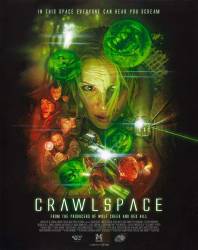
Plot hole: The killer has been living in the (apparently big enough) crawlspace between walls and floors, for over a decade. There is no explanation (or rationale) given on how he moved the various objects inside every room, closed doors, fed when the house was not occupied, hid the various corpses and, silly detail, concealed his own BO and the stench of his own living quarters, which is something hinted at when they find out his hideout. It is explicitly said that he is agoraphobic and does not get out, ever.
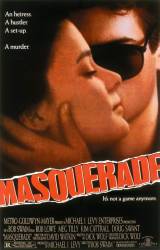
Plot hole: At Tim's funeral, Olivia's attorney tells her that Tim had himself removed from Olivia's Last Will and Testament, proving he loved her and didn't want her money. However, an attorney could not legally change a client's Will without that person's knowledge and drafting a revised version.
Suggested correction: Not true. Anyone can have themselves removed as a beneficiary of a will. This is done by signing an Affidavit of Disclaimer of Inheritance at such time as someone becomes aware that they have been included in a will as a beneficiary. This is what Tim meant when he said he had removed himself from Olivia's will.

Plot hole: This observation regards a computer whose memory architecture is on a physical scale (e.g., size) that allows multiple humans to enter and maneuver within it. With electronic components, scale imposes a design limitation such that the greater the distance between components, the more time is required for a signal to traverse between components. This computer's massive size would assure substantial performance limitations which are inconsistent with the plot line of the computer's overall power.
Plot hole: For the murder on the highway to happen, the killer (who is not a mastermind, but someone who has a daily job and who never killed before) had to sabotage the car of the victim in such a clever way that he'd stop at a specific point and time (so, predicting also he'd escape out of town and do it through a certain route, which he had no way to predict), and that he'd react to the mechanical problem waving at passing cars walking in the middle (literally in the middle, not the side, or the emergency lane; perfectly in the middle of it) of a highway, where he can drive his semi into him - all while the fog is incredibly thick. Needless to say, it is all a bit too convenient.

Plot hole: Blore's death is fairly absurd, since the killer couldn't plan that he'd be standing, with all the possible room outside of the house, exactly in that spot at that distance from the window, with a ton of bricks that are precariously balanced on stone spheres that survived storms and heavy winds but somehow are loose enough to require a gentle push to fall down. (01:25:30)

Plot hole: Derek, who escaped the mental hospital by pretending to be his twin brother Tyler, was able to locate Tyler's vehicle by using the keys to beep its horn. Once inside the SUV, he apparently found Tyler's cell phone, which is odd because most people carry their cell phones with them. But Derek did not ask Tyler for his cell phone's password before rendering him unconscious - so how did he gain access to the cell phone without the password? (It isn't likely that Tyler previously gave it to him). (00:20:40)
Suggested correction: Tyler never left his cell phone in the car. He had with him when visiting Derek. We see him pull out his cell phone to show Derek a picture, so the phone was already unlocked, assuming he locks it with a password in the first place.
I haven't had time to finish posting the rest of the mistakes I have, but I just uploaded two that should show up under "pending submissions." They probably should have been posted before the one above. I suppose the real question is where the cell phone came from each time.
